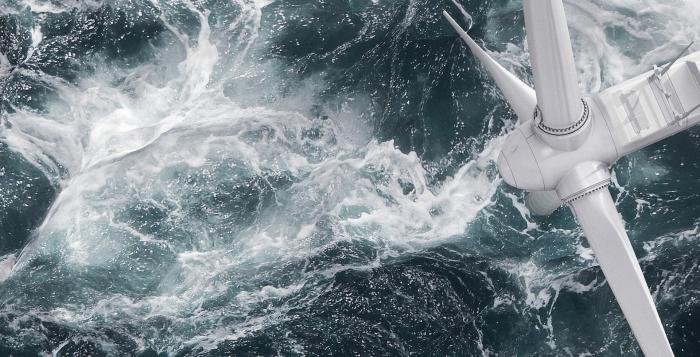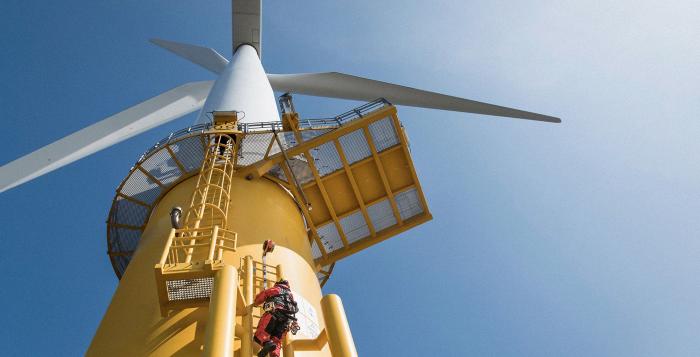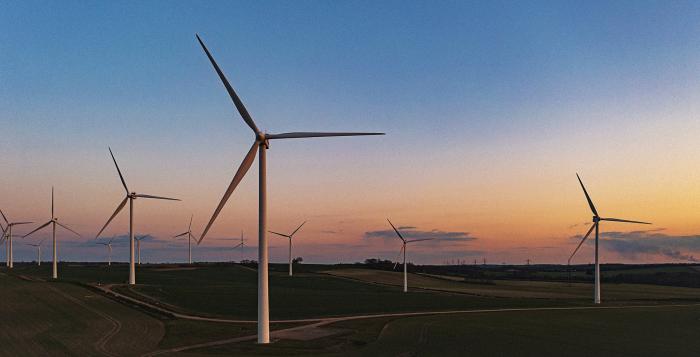Latest news and staying informed
There is a need for all parties to work collaboratively and at pace to enable Great Britain to achieve its offshore wind targets and net zero ambition at least cost to consumers and with least impact on communities and the environment.
Our stakeholders have a vital role to play in shaping and progressing the work required for a more coordinated approach offshore, and we want to thank you for taking the time to contribute to the project thus far. We value your involvement and look forward to continuing to work together.
Offshore Coordination updates
April 2024 Offshore Coordination update
In December 2023, we published our third update to provide an overview of the ongoing Offshore Coordination work by the ESO. Our April 2024 update provides an overview of our progress over the last four months.
December 2023 Offshore Coordination update
In September 2023, we published our second update to provide an overview of the ongoing Offshore Coordination work by the ESO. Our December 2023 update provides an overview of our progress over the last three months.
September 2023 Offshore Coordination update
In June 2023, we published our first update to provide an overview of the ongoing Offshore Coordination work by the ESO. Our September 2023 update provides an overview of our progress over the last three months.
June 2023 Offshore Coordination update
In July 2022 we published A Holistic Network Design for Offshore Wind, a first of its kind, integrated approach for connecting 23GW of offshore wind to Great Britain. Since then, we have been progressing work on the Holistic Network Design Follow up Exercise and established the MPI Framework Discussion Group workstream 4. Our June 2023 update provides an overview of our ongoing work relating to Offshore Coordination.
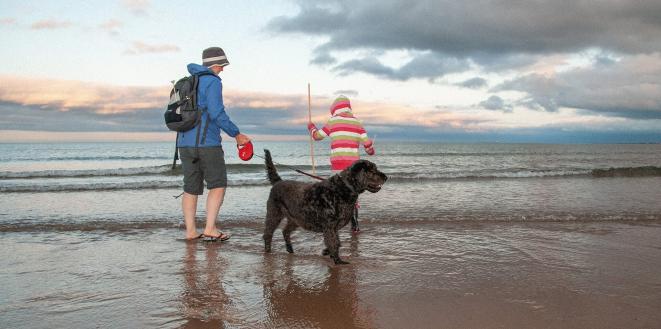
Celtic sea update
Following The Crown Estate (TCE) update on Monday 02 October 2023, we would like to provide you with an update regarding the Holistic Network Design Follow Up Exercise (HNDFUE) for the Celtic Sea (Round 5).
The Celtic Sea HNDFUE process is reliant on inputs from the Crown Estate (TCE) including the spatial detail and capacity of the Project Development Areas (PDAs). We are pleased that TCE have confirmed their final PDA selection which allows us to recommence the design process for the Celtic Sea HNDFUE. The confirmed spatial scenario presented by TCE is a new PDA combination but it is still our intention to have a final recommended design in March 2024.
We’re looking forward to producing design options for Round 5 and building on the work we’ve already done with TCE and the Celtic Sea Subgroup while engaging regularly with developers.
Producing a network design ahead of the seabed leases being awarded is a first of its kind activity that comes with the requirement to be flexible to changes. If you have any questions or would like to find out more, you can contact the team on [email protected]
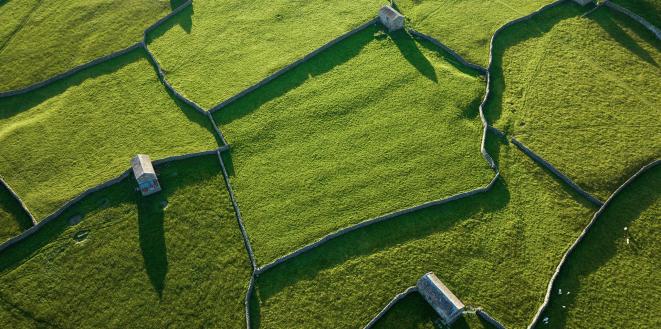
The Holistic Network Design Follow-up Exercise (HNDFUE) Methodology
This document provides an overview of our approach to developing the HNDFUE design, which is the follow up to the Pathway to 2030 Holistic Network Design (HND) that was delivered in July 2022.
The Executive Summary provides an overview of the design process for the HNDFUE and highlights any changes in the methodology compared to the methodology used to develop the HND. The full methodology document provides further detail on the design process and explains the steps taken to ensure the design objectives are met.
The Crown Estate, Crown Estate Scotland and National Grid ESO announce partnership, to improve coordination of offshore wind transmission infrastructure
The Crown Estate, Crown Estate Scotland and National Energy System Operator (NESO) have committed to working closely together to support the development of a more coordinated approach to the delivery of transmission infrastructure for offshore wind projects.
As key partners of the Offshore Transmission Network Review (OTNR), all three organisations recognise that a coordinated approach to seabed leasing and planning, development and construction of transmission infrastructure related to offshore wind is required if the UK is to realise it’s clean energy potential offshore, while minimising impacts on the marine environment, and on coastal communities.
As pressures on our marine environment increase, all three organisations will build on their existing close working relationships, to collaborate in a range of new ways, identifying new priorities and further opportunities for alignment, principally through the OTNR.
This collaboration underpins the organisations’ shared ambition to work proactively toward positive solutions for the benefit of the nation.
Email us
If you have questions or feedback please get in touch via our email address.
Subscribe to our mailing list
You can stay in touch by signing up to receive updates from us.
Stay up to date
In addition, our work is part of the Offshore Transmission Network Review (OTNR) being led by BEIS. You can sign up to receive the OTNR Newsletter here for wider updates.

